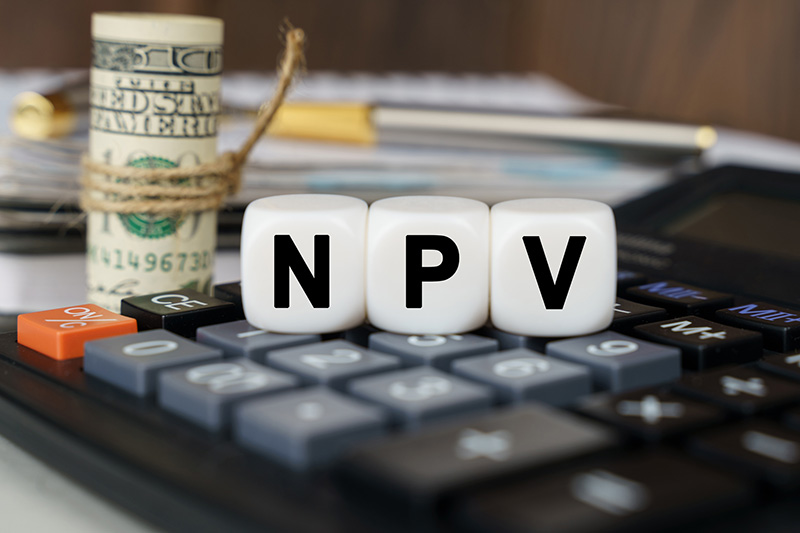Click here to get this post in PDF
Net Present Value is obtained by subtracting the current value of cash inflows and outflows over a fixed period of time. It is a very important method often used for capital budgeting and investment planning. With an NPV analysis, you can calculate how much money you could make with an investment and the returns are measured in the present-day value.
Note: Capital budgeting is a way to measure the potential of projects and investments by comparing the costs versus rewards gain.
What are the advantages of NPV?
The biggest benefit of NPV is that it uses the time value of money (TVM) and interprets the value of future cash flows in turn of today’s(current) value of money. This is essential since inflation can diminish the buying power of money hence NPV is basically a measure of the potential of your project’s profitability. Additionally, NPV provides clear data to infer whether the project is a success or not by analysis of simple and transparent data.
How to calculate the net present value?
Calculating NPV is straightforward, however, it is essential to understand that the formula to calculate NPV varies depending on the volume and consistency of cash flows.
If there is only one cash flow per project, you can calculate NPV with the following formula:
NPV = Cash flow/(1+d)t-initial investment
Here d = required discount or return rate and t = number of time periods
However, if it is a bigger project with additional cash flows then the formula varies a bit:
NPV = expected cash flows (Current value) – Invested cash (Current Value)
If the NPV is positive it indicates that the projected earnings are greater than the expected costs and it is highly likely that the investment is going to be profitable.
On the contrary, if the NPV is negative it implicates that there is going to be a loss.
Hence the projects with positive NPV should get better attention.
What is the difference between ROI and NPV?
Even though both ROI and NPV in measuring the profitability of a project or investment there is a difference between these two:
ROI or Return on Investment helps you in calculating the net value you will get from an investment in a project. The formula for ROI is as follows:
ROI = (Total benefits-total costs)/total costs
Even though ROI is very simple to use it is not holistic and doesn’t give you the full idea. Additionally, ROI doesn’t incorporate the effect of the time value of money hence the inflation aspect is overlooked. This makes the ROI method of estimation of profitability of a project less effective since the in future, the purchasing power of money may be less than the current value of money. On the other hand, NPV takes the future value of money into account while estimating the time when costs and benefits would happen before translating them to the current value of money.
The functionality of NPV is not only limited to personal investments in fact you can even apply it to taxes for a country for instance how much would MahaGST affect the macroeconomic framework of the state. Hence clearly NPV is worth learning since its uses and applicability are endless.
You may also like: Effective Ways to Improve Small Business Cash Flow
Image source: Dreamstime.com

